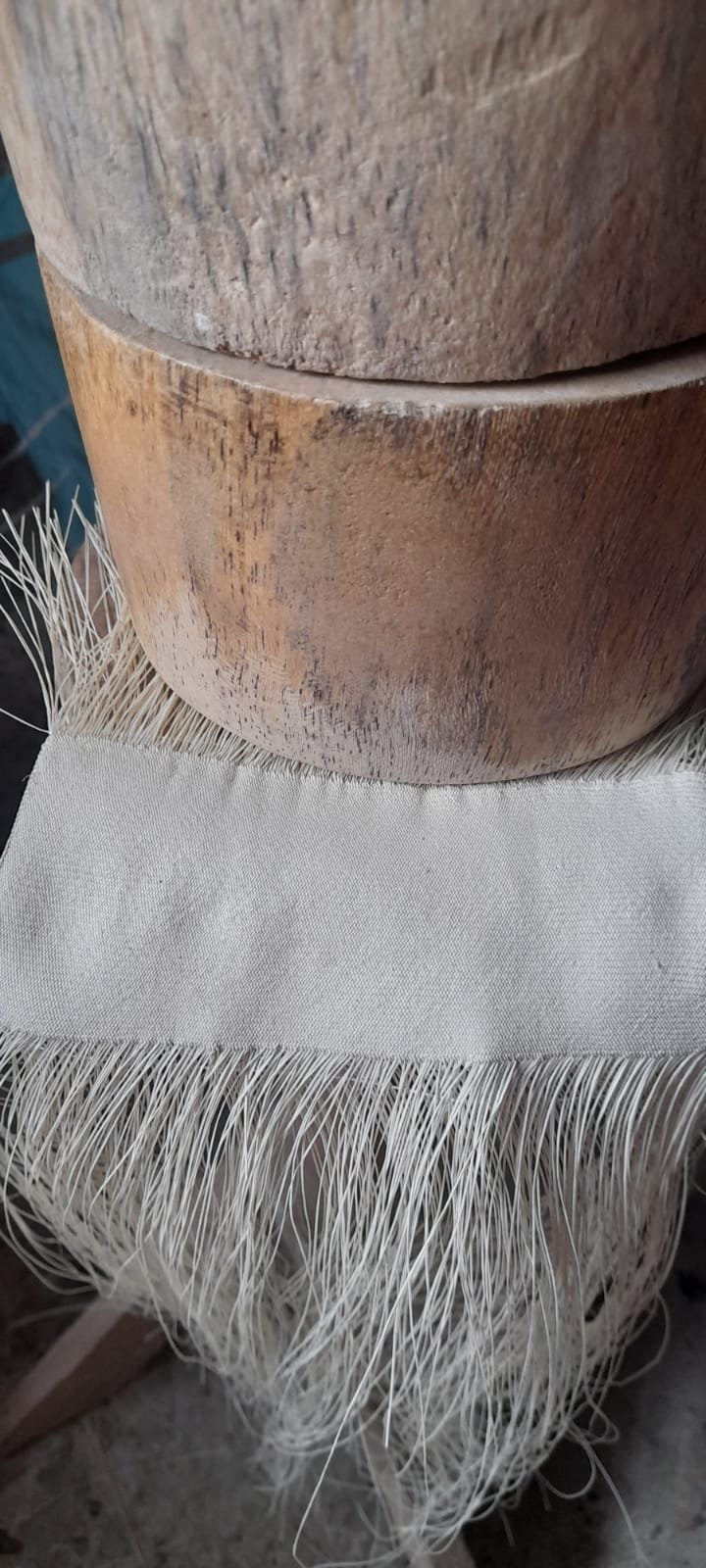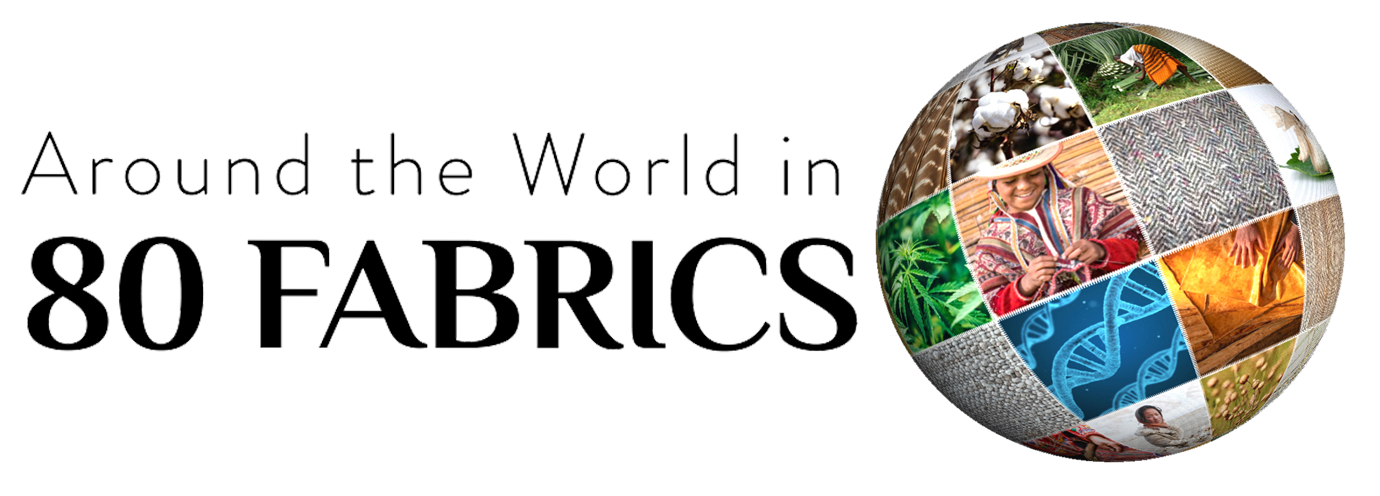
FABRIC: TOQUILLO PALM
Regions: Ecuador, the town of Pile
Fabric Name:
Toquillo palm fiber for Panama hat
Origin:
Carludovica palmata, commonly known as the Panama Hat Plant, or in Spanish, paja toquilla
Who made our fabric:
The Panama Hat Company of the Pacific, Brent Black organized the famous hat maker Fausto Lopez and his daughter Danielle to make swatches for our quilt.
Natural history and ecology:
Panama hats, sombreros de paja toquilla in Spanish, are made in Ecuador despite their name. Before air travel and transcontinental railroads, the fastest way to traverse the North American Continent from coast to coast was to take a ship to Panama, cross Panama, and then another ship from Panama to the opposite coast. With travelers constantly passing through, especially after Californians struck gold in 1849, Panama became the prime location to sell the hats, hence why they are called Panama hats, rather than Ecuador hats.
Long before the misnomer occurred, traditional Mayan weaving of carludovica palmata fibers for headwear was practiced in coastal Ecuador (some believe since 4,000 B.C.E. based on ceramic figures from that era). The hat trade skyrocketed in the 19th century, when they started being sold to travelers passing through Panama. At the 1855 Paris World’s Fair, it is said that Napoleon III became enamored with the Panama hat, further contributing to its popularity outside of Ecuador. Later Theodore Roosevelt, famous actors, actresses, and other royals would popularize the hat.
What makes this so special: The Panama hat has a long, rich history, possibly stretching back to 4000 B.C.E. The traditional and painstakingly meticulous art of producing one of these hats by hand is passed down from one generation to the next in the coastal Ecuadorian village, Pile, where The Panama Hat Company of the Pacific’s hats are woven. The hats were recently designated an Intangible Cultural Heritage of Humanity by UNESCO. Due to the natural properties of the fiber, chemical glue and stiffeners are not needed. Not only does it keep its shape, the woven fiber is wonderfully light, and its white color deflects the sun. Additionally, there’s no need for chemical bleaching.
For centuries, the towns of Montecristi and Cuenca in the Ecuadorian province of Manabí, have been the hubs of this traditional hat-making.
The hat weavers split the strands of straw to as fine a width as they are comfortable working with. The best weavers work with straw so fine that one has to look at the hat very closely to make out any weave pattern at all. “They’re incredible,” remarks Black. “The texture looks more like fine linen than straw.” The hats are woven from the center and worked out toward the edge of the brim. When the end of one strand of straw is reached, it is tied in a minute knot onto the next strand. This in turn forms little rings, or vueltas, inside the hats. Some claim that the number of rings inside a Montecristi directly relates to its quality. Black disagrees. He says that the number of rings, while sometimes a general indication of fineness of the straw, is not a reliable way to gauge the overall quality of the hat.
“It would be like counting the rings on a tree to decide how tall it is,” Black says. The metaphor is apt. At best, the number of rings may roughly correlate to the fineness of the straw. But if the straw is badly woven, with gaps or extra knots, then it is not a high-quality hat.
Daniella, daughter of the famous hat maker Fausto Lopez, follows her father’s legacy.
“The very finest hats will have—I don’t know quite how to describe it…” Black searches for the words. “They almost seem to glow. There is a kind of visual purity about them.” He laughs at his own passion about these hats. “To me, it’s almost as if they have an aura or halo around them.”




